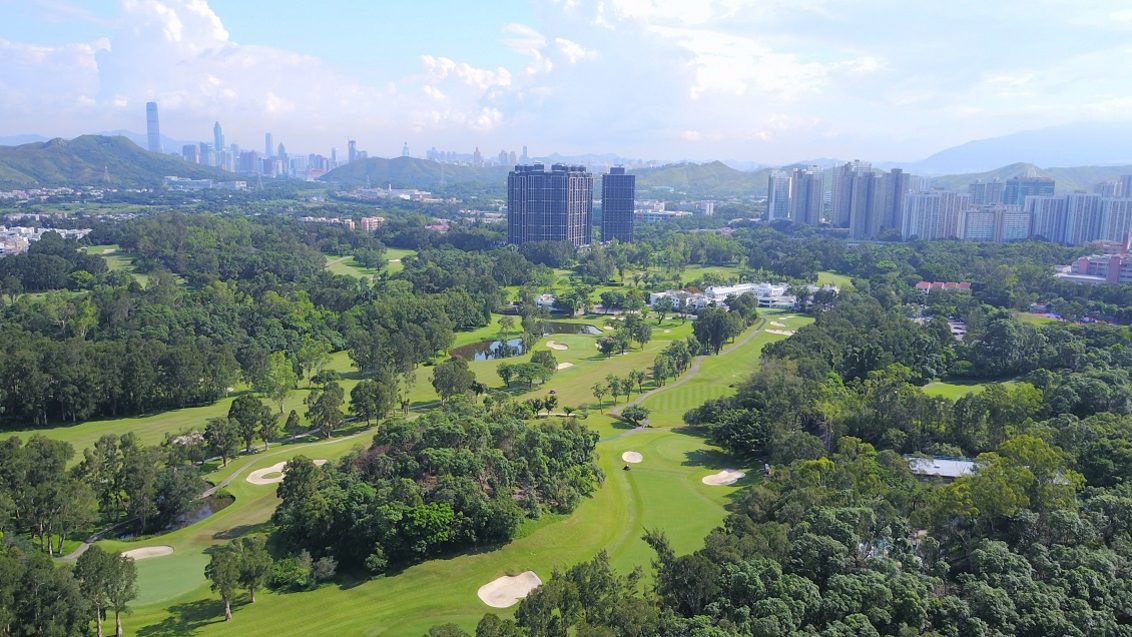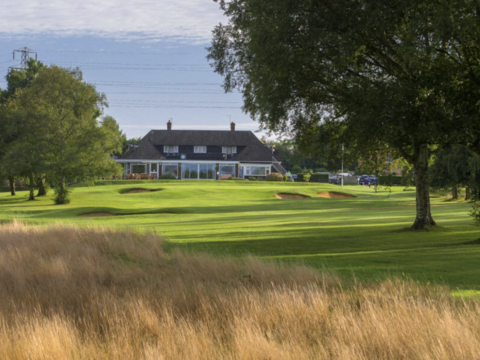Developers target golf as housing crisis deepens

Rapid urbanization and shortages of affordable housing are putting golf courses around the world at risk as property developers and social activists target courses for redevelopment.
A fast-growing global population, competition for urban green space and rising house prices are piling pressure on golf clubs faced with lucrative offers to sell land for housing projects.
In Australia, an acute housing crisis in major cities has led to calls for golf courses to be rezoned or modified for public use.
On the Melbourne Sandbelt, two of the city’s oldest courses are selling up.
Kingswood Golf Club has merged with the neighboring Peninsula Country Club to create the Peninsula Kingswood Country Golf Club. It proposes to sell its original 1937 course to A.S Residential Property, creating 800 new homes.
And nearby Keysborough Golf Club is planning to sell land for residential development and use the proceeds to build a new course on nearby less valuable land.
Dr Julian Bolleter, deputy director of the Australian Urban Design Research Centre at the University of Western Australia, told ABC Radio Perth: "Just by turning 18-hole golf courses into nine-hole golf courses, to our calculation, you could yield some 87,000 new dwellings.
"Which is many, many more times than the number of people on the waiting list for social housing in Western Australia.”
In Capetown, South Africa, golf courses situated on state-owned land have sparked protests as activists called for them to be repurposed for social housing.
Reclaim the City activists occupied Rondebosch Golf Club in 2020, demanding the city government tackle a growing homelessness problem and heavily oversubscribed housing waiting lists.
The protest was triggered when the City of Cape Town announced it would extend the lease of public land to Rondebosch Golf Club for a further 10 years at a nominal rent of R1058 (US$57), leading to accusations that city officials were ‘subsidising the wealthy elite’.
A similar issue has arisen in Asia, too, at the historic Hong Kong Golf Club, one of only six courses in the 7.4 million-populated city.
The government plans to rezone 32 hectares of the Fanling course into 12,000 public housing units – as it aims to meet a target of 300,000 new homes in the next decade – but the former DP World Tour and Asian Tour venue is fighting the proposal.
Among those supporting golf as a valuable community green space is John Ashworth, founder of Linksoul and Ashworth Golf apparel brands, who saved Goat Hill Park in Oceanside, California from redevelopment and reestablished it as a municipal course.
“Once you’ve established a green space, if you lose it, you lose it forever,” says Ashworth.
“The people who don’t understand what golf brings to a community, they just say ‘It’s a rich person’s sport’.
“It’s not at all, it should be a sport that’s promoted more for the masses, and we should look inside its virtues, like how it teaches children to be good humans and how it’s good for our mental and spiritual health.”
Jonathan Smith, Executive Director of GEO Foundation, an international not-for-profit committed to demonstrating golf’s value to supporting the planet’s long-term sustainability, believes golf must communicate its benefits more clearly than ever.
“Golf could become such a valued and welcome land use, particularly in a world where communities are appreciating nature, and are recognizing that the quality of the local environment is directly linked to the quality of life.”
To read more about the threats facing golf and how the industry can respond, discover Syngenta Golf’s multimedia feature, ‘Golf Under Threat?’

